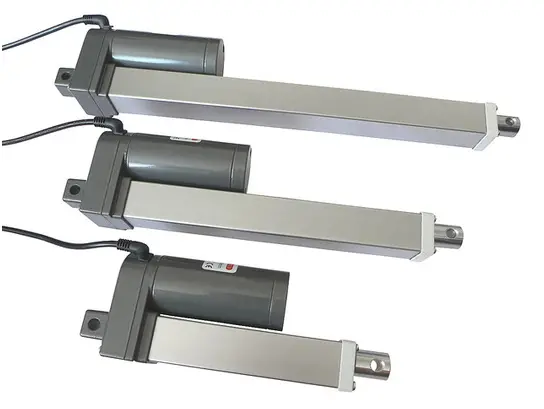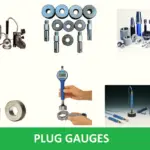The 12V electric linear actuators can be used in a variety of spheres to introduce a certain level of automation. Nowadays this technology is common for the machine building industry, for the space exploration technologies constructed by NASA and SpaceX as well as for the robotics. DC actuators became an integral part of numerous assembly lines striving to decrease the amount of manual work and the number of workers as much as possible to achieve the full automatizations at factories and plants.
But wherever these actuators are used, their functionality and technical specifications vary widely. Why is that? Because the amount of work they are required to perform also varies from one field of implementation to another. Hence, where one linear actuator would be the most convenient solution, another would be the most terrible choice. That is why taking into account and doublechecking the most important specifications and peculiarities of electric linear actuators when choosing them for certain purposes is always a good decision. And here are these specifications most vitally important for electric linear actuators performance: speed of actuators movement, load capabilities, repeatability, stroke length, duty cycle.

Let’s take a closer look at what do these specifications mean for electric actuators performance. Fist of all speed – one of the most important indicators telling us about the potential effectiveness of the device. The faster is the linear actuator, the faster it will make the amount of work wanted. However, always important to take into account that screw-type actuators at high speeds frequently show the so-called screw whip phenomenon. This is the early wear of the device due to the vibrations caused by the actuator work. That is why actuators with decreased vibration of Progressive Automations serve longer than the average linear actuators.
Another not less important technical specification of the electric linear actuator is its load capabilities. The is a popular misconception that the only important specification of actuators is their load capacity. And that knowing the load capacity it is easy to calculate the life cycle for each actuator. Simple wrong opinion as in different load directions the load factor changes so that calculations became messy. The only suitable way to find out the true life cycle of the linear actuator is taking into account all the specifications along with the environment and its conditions as they also influence the performance and effectiveness of any mechanical technology.
Also Read:
- What is Plastic Injection Moulding and How it Works?
- 37 Types of Hammers that You Don’t Know?
- 6 Types of Screwdrivers – Everyone Must Know
Another important factor to consider when choosing a new linear actuator for your project is the stroke length. This technical characteristic determines the distance of the electric actuator’s movement, which can usually be from a few centimeters to a few meters long.
Each regular work requires repeatability. This is another technical specification craftsmen have to take into account. Due to repetitive clusters of work, some of them require the same linear actuators services with the same loads. And repeatability is how these repetitive workloads influence the performance and decrease the duty cycle of the electric linear actuator.
Duty cycle specification shows for how long the linear actuator can perform its duties effectively. Depending on the inner construction type linear actuators have different duty cycle. Some of them function thanks to the sliding contact (most often stainless steels to plastic. This causes significant wear over the linear actuator lifetime. However, the recirculating ball-screw type of electric linear actuator has the rolling friction, not the linear one, which decreases the wear of the device and consequently provides it with a longer duty cycle.
Taking into account all the technical specifications, the type of work wanted the actuator to perform, the environment and its conditions, and the wanted results, the choice of the most suitable linear actuator won’t be a headache as it may seem on the first glance. Your choice will be right if you will be attentive with all the variables.









